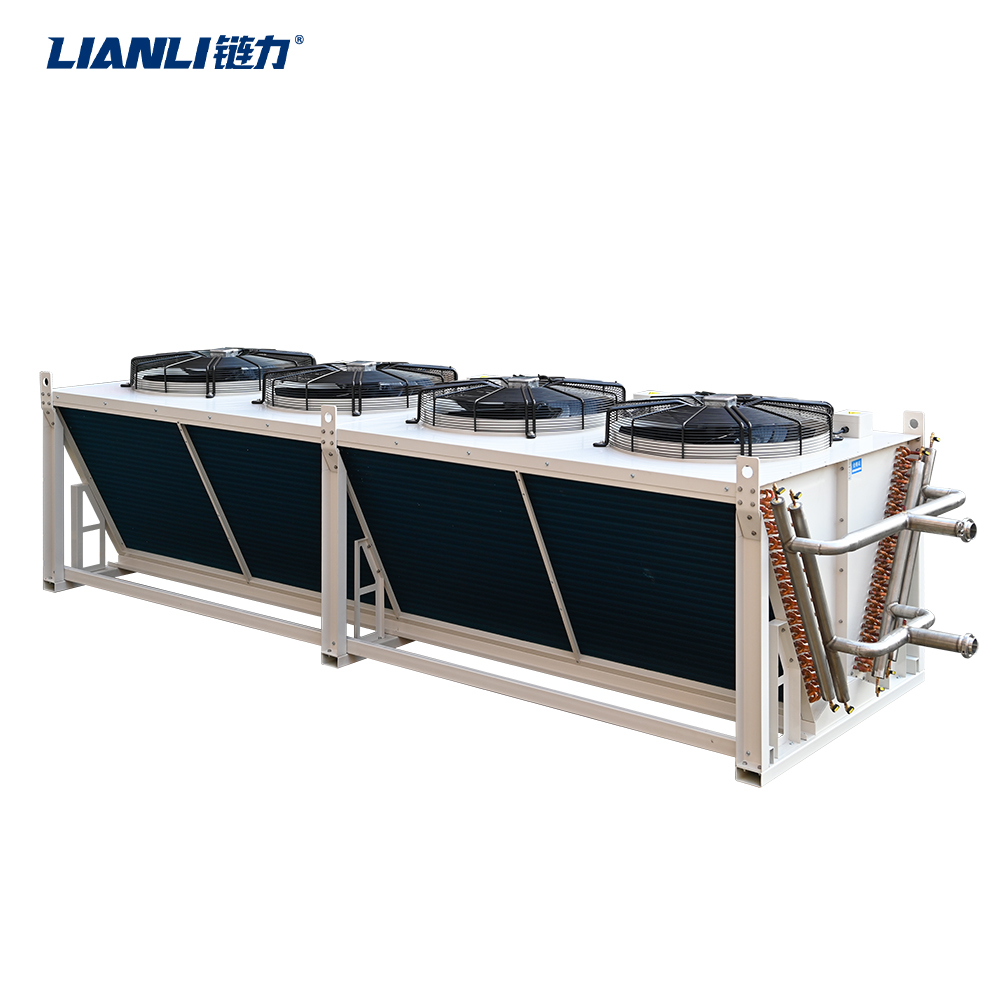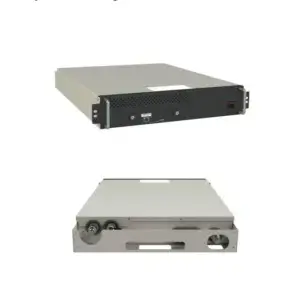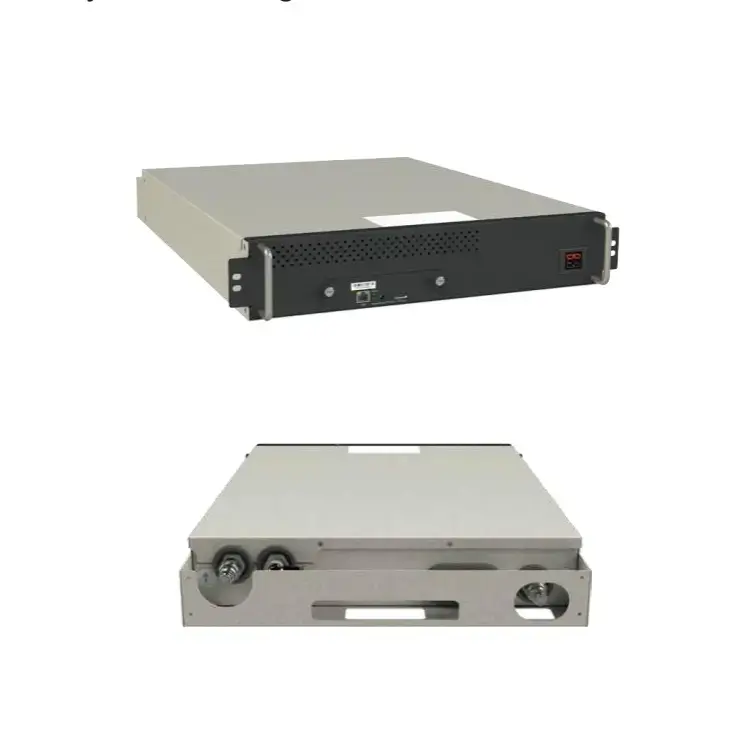HOST ANTMINER S21 Hyd.: Liquid Cooling and .Its Impact on Mining Energy Consumption
In the rapidly evolving world of cryptocurrency mining, efficiency and sustainability have become key concerns for miners. As the demand for more powerful and energy-efficient mining hardware grows, companies are turning to innovative cooling solutions to meet these needs. One such advancement is the integration of
liquid cooling technology into mining rigs, with the
HOST ANTMINER S21 Hyd. leading the charge. This article explores how liquid cooling affects mining energy consumption and why the
HOST ANTMINER S21 Hyd. represents a significant step forward in the mining industry.
The Rise of Liquid Cooling in Mining Hardware
Traditionally, cryptocurrency mining has relied on air cooling systems, which use fans to dissipate heat generated by mining hardware. However, as mining rigs become more powerful, they also produce more heat—making air cooling increasingly inefficient and energy-intensive.
Liquid cooling, on the other hand, offers a more effective way to manage heat. By circulating a coolant through the mining hardware, it absorbs and transfers heat away more efficiently than air. This results in lower operating temperatures, which can significantly reduce the energy required for cooling.



The
HOST ANTMINER S21 Hyd. is one of the latest mining rigs to adopt this technology, offering miners a more sustainable and energy-efficient alternative to traditional air-cooled systems.
How Liquid Cooling Reduces Energy Consumption
One of the most significant benefits of liquid cooling is its ability to reduce the overall energy consumption of mining operations. Here’s how:
1. Improved Thermal Conductivity
Liquid has a much higher thermal conductivity than air, meaning it can transfer heat more efficiently. This allows the
HOST ANTMINER S21 Hyd. to maintain optimal operating temperatures with less energy input, reducing the overall power required for cooling.
2. Lower Ambient Temperatures
By removing heat more effectively, liquid cooling systems help maintain lower ambient temperatures within mining facilities. This reduces the need for additional cooling infrastructure, such as industrial air conditioning units, which can consume a significant amount of electricity.
3. Higher Mining Density
With liquid cooling, miners can pack more mining hardware into a smaller space without overheating concerns. The
HOST ANTMINER S21 Hyd. allows for higher mining density, which can lead to economies of scale and more efficient energy use across the entire mining operation.
4. Extended Hardware Lifespan
Operating at lower temperatures also extends the lifespan of mining hardware. This means less frequent replacements and lower long-term costs, both financially and environmentally.
Real-World Impact of the HOST ANTMINER S21 Hyd.
The
HOST ANTMINER S21 Hyd. has already begun making waves in the mining community due to its impressive energy efficiency metrics. Independent tests have shown that the unit can reduce cooling-related energy consumption by up to 40% compared to traditional air-cooled miners. Additionally, its ability to maintain stable performance in high-temperature environments makes it an ideal solution for large-scale mining farms.
For miners looking to reduce their carbon footprint and operational costs, the
HOST ANTMINER S21 Hyd. offers a compelling solution. Its liquid cooling system not only enhances performance but also contributes to a more sustainable future for cryptocurrency mining.
Conclusion
As the cryptocurrency industry continues to grow, the need for energy-efficient and environmentally friendly mining solutions becomes more pressing. The
HOST ANTMINER S21 Hyd. exemplifies how technological innovation can address these challenges. By leveraging liquid cooling technology, this mining rig significantly reduces energy consumption, improves thermal management, and supports higher mining density—all while extending hardware longevity.
In an era where sustainability and efficiency are paramount, the
HOST ANTMINER S21 Hyd. sets a new standard for the next generation of mining hardware.


 The HOST ANTMINER S21 Hyd. is one of the latest mining rigs to adopt this technology, offering miners a more sustainable and energy-efficient alternative to traditional air-cooled systems.
The HOST ANTMINER S21 Hyd. is one of the latest mining rigs to adopt this technology, offering miners a more sustainable and energy-efficient alternative to traditional air-cooled systems.




